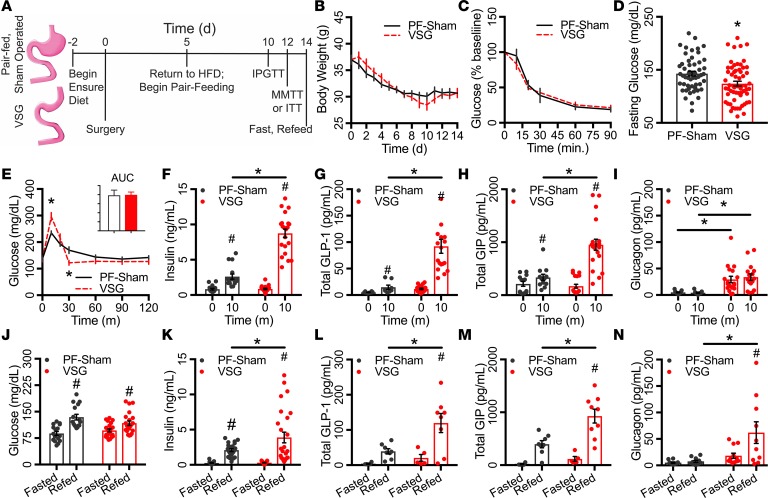Figure 1. VSG rapidly improved glucose control and in vivo insulin secretion during enteral nutrient delivery independent of body weight.
(A) Schematic of the experimental paradigm employed. (B) Body weight for 2 weeks following surgery (PF-Sham, n = 15; VSG, n = 20). (C and D) Blood glucose during insulin tolerance test (percentage of baseline glucose; PF-Sham, n = 15; VSG, n = 20) (C) and following 6-hour fast (PF-Sham, n = 53; VSG, n = 60) (D). (E–I) Blood glucose and integrated AUC during a mixed meal tolerance test (E), along with circulating insulin (F), total GLP-1 (G), GIP (H), and glucagon (I) at 0 minutes and 10 minutes after ensure gavage (PF-Sham, n = 7–16; VSG, n = 19–21). (J–N) Blood glucose (J), and circulating insulin (K) following an overnight fast/30-minute refeed in PF-Sham (n = 16–22) and VSG mice (n = 18–26), along with corresponding fasted and refed total GLP-1 (L), GIP (M), and glucagon levels (N) (PF-Sham, n = 4–12; VSG, n = 4–11). PF-Sham animals are shown with black solid lines or gray circles; VSG animals are shown in red dashed lines or red circles. Data represent mean ± SEM; *P < 0.05 between PF-Sham and VSG groups; #P < 0.05 between time points within groups.

